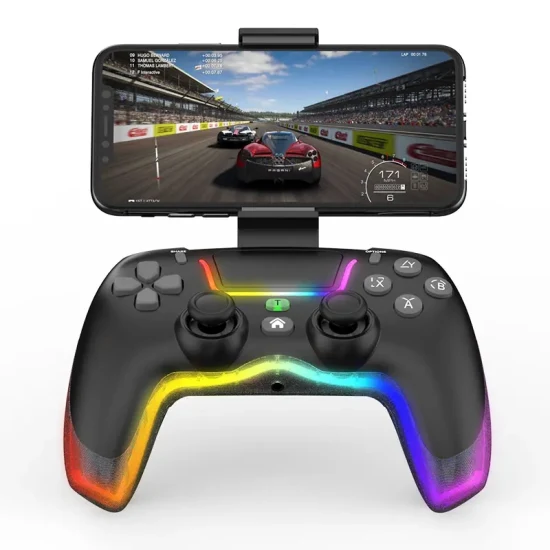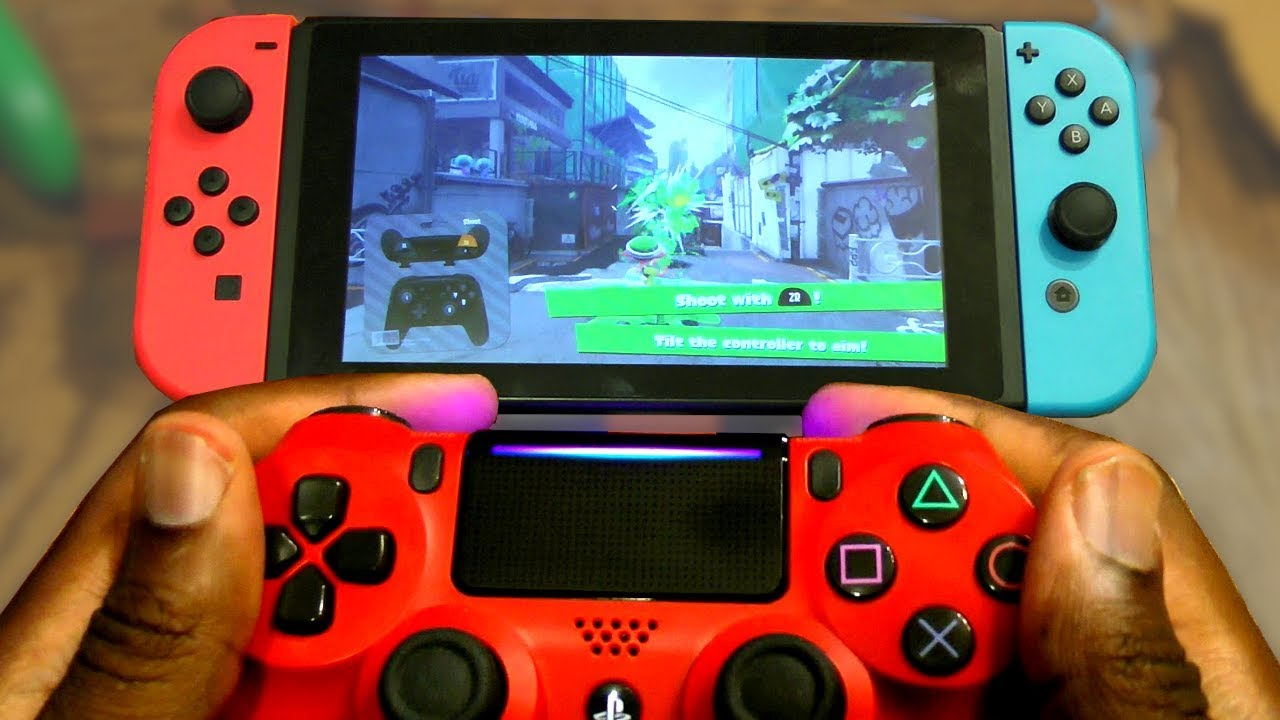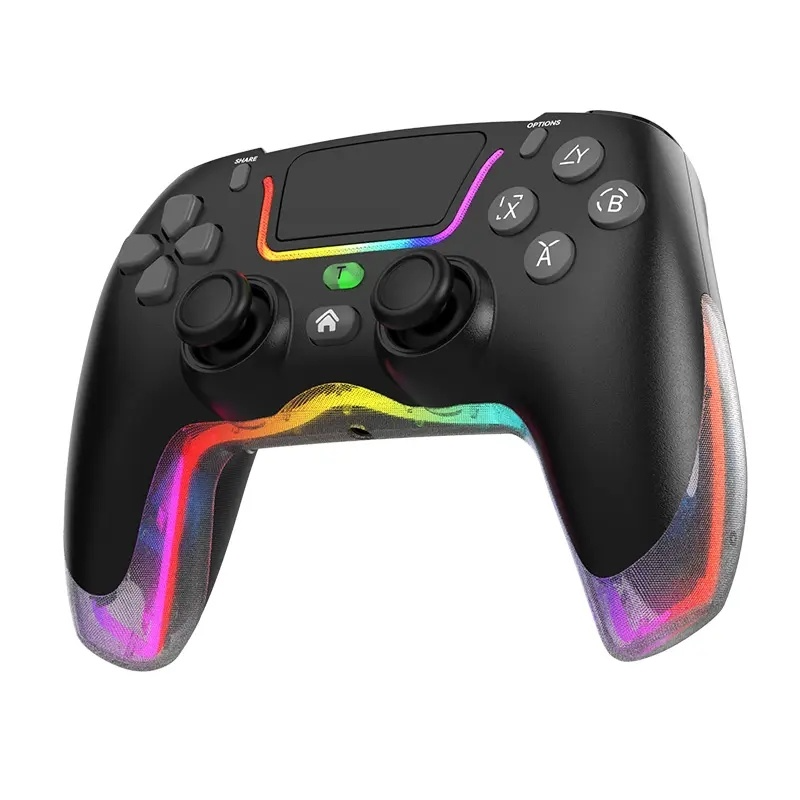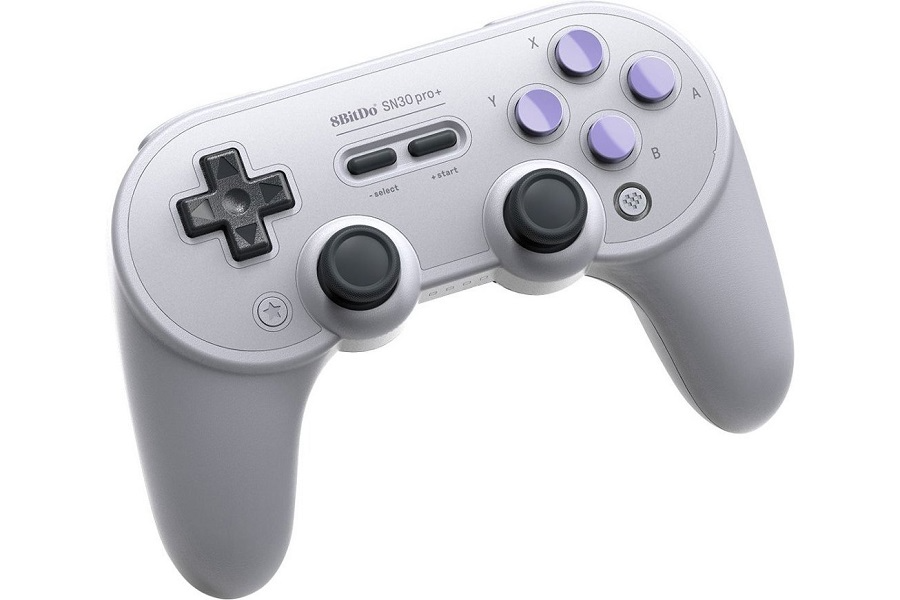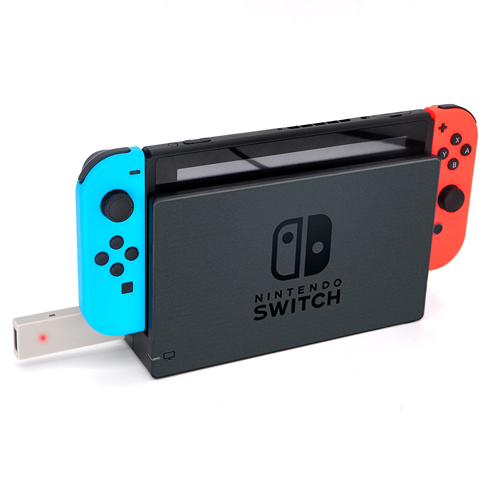The gaming industry is rapidly evolving, and cross-platform compatibility has become a driving force. Among the various innovations, the ability to use a PS4 controller on a Nintendo Switch stands out. This feature not only adds versatility but also enhances the gaming experience for players who are accustomed to the PS4 controller. This article explores the benefits, setup process, compatibility considerations, and practical tips for using a PS4 controller on a Nintendo Switch.
The Appeal of Using a PS4 Controller on a Switch
Familiarity and Comfort
For many gamers, the comfort and familiarity of a PS4 controller cannot be overstated. The PS4 DualShock 4 controller is renowned for its ergonomic design and tactile feedback, making it a preferred choice for long gaming sessions. Its well-balanced weight and intuitive button layout provide a seamless experience, which translates well to the Nintendo Switch.
Using a PS4 controller on a Switch allows players to leverage their muscle memory built from extensive use of the DualShock 4. This familiarity reduces the learning curve when transitioning from the PS4 to the Switch, enhancing overall performance and enjoyment. Gamers appreciate the consistency and comfort that come with using a familiar controller across different platforms.
Enhanced Control and Precision
The PS4 controller is celebrated for its precise control and responsiveness. Its analog sticks, sensitive triggers, and responsive buttons contribute to smoother gameplay. Using the PS4 controller on a Switch brings these attributes to Nintendo games, enhancing control and precision.
The DualShock 4’s touchpad and motion controls add layers of functionality that can be particularly useful for certain games. While not all Switch games fully utilize these features, having access to them provides additional control options. This enhanced control and precision can make a significant difference in competitive gaming scenarios.
Versatility and Convenience
The ability to use a PS4 controller on a Switch adds a layer of versatility to the gaming setup. For players who own both consoles, this feature eliminates the need to switch between different controllers. The convenience of using a single controller across multiple platforms streamlines the gaming experience and reduces clutter.
Additionally, the PS4 controller’s compatibility with other devices like PCs and mobile phones further enhances its versatility. Players can enjoy a unified gaming experience across different systems, making the PS4 controller a valuable addition to their gaming arsenal. This versatility and convenience appeal to both casual and hardcore gamers.
Setting Up the PS4 Controller on a Nintendo Switch
Required Equipment
Setting up a PS4 controller on a Nintendo Switch involves a few essential pieces of equipment:
- A PS4 DualShock 4 controller
- A Nintendo Switch console
- A Bluetooth adapter (such as the 8BitDo Wireless USB Adapter)
- A USB-C OTG cable (for docking the Switch)
The Bluetooth adapter is crucial as the Switch does not natively support the PS4 controller. The adapter acts as a bridge, enabling the controller to communicate with the Switch. Ensuring that you have these items ready will streamline the setup process.
Connecting via Bluetooth Adapter
To connect the PS4 controller to the Switch, follow these steps:
- Plug the Bluetooth adapter into the Switch dock or use a USB-C OTG cable if undocked.
- Put the PS4 controller into pairing mode by pressing and holding the Share button and the PS button simultaneously until the light bar starts flashing.
- Activate the pairing mode on the Bluetooth adapter (refer to the adapter’s manual for specific instructions).
- Once the controller’s light bar stops flashing and stays solid, it indicates a successful connection.
The process is straightforward, and the adapter should maintain the connection once paired. This setup allows you to use the PS4 controller for Switch games, offering a different yet familiar gaming experience.
Alternative Connection Methods
While using a Bluetooth adapter is the most common method, other options include using third-party software or adapters specifically designed for cross-platform compatibility. Devices like the Mayflash Magic-NS Adapter offer additional customization and support for multiple controllers.
These adapters often come with user-friendly instructions and provide extra features such as customizable button mapping and sensitivity settings. Exploring these alternative methods might offer added convenience and functionality, depending on your specific needs and preferences.
Compatibility Considerations
Game Compatibility
Not all Nintendo Switch games are fully compatible with the PS4 controller. While most modern games recognize standard input commands, certain titles that rely heavily on Joy-Con-specific features (like motion controls and HD Rumble) might not fully utilize the PS4 controller’s capabilities.
For example, games like “1-2-Switch” and “Ring Fit Adventure” are designed specifically for the unique features of the Joy-Con controllers. In such cases, players may need to switch back to the native controllers to fully enjoy these games. Understanding game compatibility helps manage expectations and ensures optimal gaming experiences.
Firmware and Software Updates
Keeping both the PS4 controller and Bluetooth adapter’s firmware updated is crucial for maintaining a smooth connection and compatibility. Regular updates from Sony and third-party manufacturers often include bug fixes, performance enhancements, and improved compatibility with various devices.
Ensuring that your Switch console is also updated helps avoid potential issues. Regularly checking for updates and applying them promptly ensures that all components work harmoniously. Staying updated enhances the overall performance and reliability of the setup.
Potential Limitations
While using a PS4 controller on a Switch offers numerous benefits, it’s essential to be aware of potential limitations. Some features like the touchpad, light bar, and certain motion controls might not be fully supported on the Switch. These limitations might affect certain games and functionalities.
Additionally, advanced features like custom profiles and specific button mappings might require third-party software or adapters. Understanding these limitations helps in making informed decisions and ensures that the setup meets your gaming preferences and requirements.
Customizing the PS4 Controller for the Switch
Button Mapping and Sensitivity Adjustments
Customizing button mapping and sensitivity settings can enhance the gaming experience. Using third-party software or adapters, players can remap buttons to suit their preferences, ensuring a comfortable and intuitive control scheme.
Adjusting the sensitivity of analog sticks and triggers can improve control and precision, especially in fast-paced or competitive games. Players can experiment with different configurations to find the optimal setup that enhances their performance. Customizing these settings ensures a personalized gaming experience tailored to individual preferences.
Utilizing Motion Controls
While the PS4 controller’s motion controls might not be fully utilized by all Switch games, they can still add an extra layer of functionality. Games that support motion controls can benefit from the PS4 controller’s gyro sensors, providing more immersive gameplay.
Enabling and adjusting these settings allows players to leverage motion controls for better control and interaction. Though not all games will fully support this feature, understanding how to enable and use it enhances the overall gaming experience. Exploring these options provides additional control and depth to gameplay.
Creating Game-Specific Profiles
Creating custom profiles for different games allows players to optimize their PS4 controller’s settings. Using adapters or software that support profile creation, players can save unique configurations for various titles and switch between them seamlessly.
This feature is particularly useful for gamers who play a variety of genres, as it ensures that the controller is always optimized for the task at hand. By tailoring profiles based on game requirements, players can enhance their performance and enjoyment. Customizing profiles ensures a more satisfying and efficient gaming experience.
Practical Tips for Using a PS4 Controller on a Switch
Maintaining Battery Life
Maintaining the PS4 controller’s battery life is essential for uninterrupted gaming sessions. Disabling features like the light bar and reducing vibration intensity can help extend battery life. Regularly charging the controller when not in use ensures that it is always ready for gaming.
Using a wired connection occasionally can also help conserve battery power. This approach provides the flexibility of wireless gaming while ensuring that the controller remains charged. Monitoring battery levels and adopting energy-saving practices ensures continuous and enjoyable gameplay.
Ensuring a Stable Connection
A stable connection is crucial for a seamless gaming experience. For wireless setups, ensuring that the Bluetooth adapter is within range and free from interference can prevent connection issues. Avoiding obstacles and keeping other wireless devices at a distance can reduce signal interference.
For a more stable connection, consider using a wired setup during competitive or intensive gaming sessions. The wired connection eliminates the risk of signal dropouts, providing consistent and reliable performance. Ensuring a stable connection enhances gameplay and reduces frustration.
Regular Updates and Maintenance
Regularly updating the PS4 controller’s firmware, the Bluetooth adapter, and the Switch console ensures optimal performance and compatibility. Keeping all components up-to-date prevents potential issues and enhances functionality. Monitoring for updates and applying them promptly ensures that the gaming setup remains current and efficient.
Performing routine maintenance like cleaning the controller to prevent dust buildup and checking for wear ensures its longevity. Proper care and updates ensure that the PS4 controller remains a reliable and high-performing component of the gaming setup.
Potential Challenges and Troubleshooting
Connection and Pairing Issues
Connection and pairing issues can arise when using a PS4 controller on a Switch. Common problems include difficulty pairing the controller or intermittent disconnections. Ensuring that the Bluetooth adapter’s firmware is up-to-date and within range can help resolve these issues.
If connection problems persist, consider resetting the controller and the adapter’s Bluetooth settings. Re-pairing the devices and ensuring that other wireless devices are not causing interference can also help. Following step-by-step troubleshooting guides can resolve most common connection issues, ensuring a smooth gaming experience.
Compatibility and Functionality Challenges
Certain games and features might not fully utilize the PS4 controller’s capabilities. Games designed specifically for the Switch’s unique Joy-Con features may have limited support for the DualShock 4. In such cases, players might need to switch back to the native controllers to fully enjoy these games.
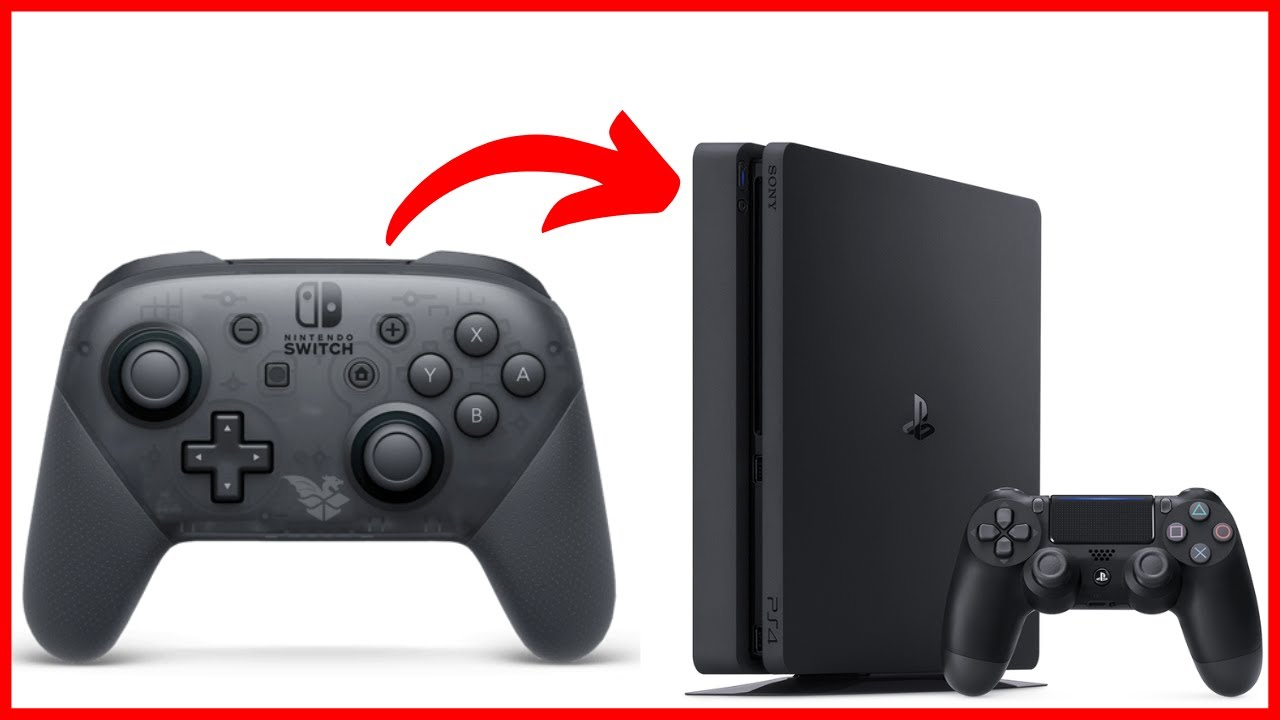
Understanding game compatibility and potential functionality challenges helps manage expectations and ensures that the setup meets your gaming needs. Exploring community forums and support websites can provide valuable insights and solutions for specific compatibility problems.
Performance Lag and Latency
Performance lag and latency can be frustrating, especially during fast-paced gaming sessions. Ensuring a stable and strong Bluetooth connection minimizes these issues. Using a wired connection can also help eliminate performance-related problems.
If performance lag persists, consider adjusting the game’s settings to optimize performance. Lowering graphical settings and adjusting frame rates can enhance overall performance. Taking a systematic approach to troubleshooting ensures that performance issues are resolved, providing a smooth and enjoyable gaming experience.
The Future of Cross-Platform Gaming
Advancements in Cross-Platform Compatibility
The future of cross-platform gaming looks promising, with ongoing advancements in compatibility. Manufacturers are increasingly focusing on creating controllers that work seamlessly across different platforms. The ability to use a PS4 controller on a Switch is a testament to this trend, offering gamers more flexibility and choice.
Continued collaboration between hardware and software developers will likely lead to even better integration and functionality. The gaming community can expect more innovations that enhance the cross-platform gaming experience, making it easier to use preferred controllers across various systems.
Innovations in Controller Design
Innovations in controller design are set to enhance the gaming experience further. Manufacturers are exploring new materials, technologies, and ergonomic designs to create more advanced and comfortable controllers. The integration of adaptive triggers, haptic feedback, and motion controls are examples of how controllers are evolving.
The PS4 controller’s design, known for its comfort and functionality, is likely to inspire future innovations. Gamers can look forward to more sophisticated and versatile controllers that enhance both comfort and performance. The future of controller design promises exciting developments that will revolutionize the gaming experience.
Expanding Gaming Ecosystems
The expanding gaming ecosystem is driving the demand for cross-platform compatibility. Gamers increasingly seek devices and accessories that work seamlessly across different systems, providing a unified gaming experience. The ability to use a PS4 controller on a Switch is a step towards a more integrated gaming ecosystem, offering gamers more flexibility and convenience.
As gaming ecosystems continue to expand, the focus will shift towards creating devices that offer universal compatibility. This trend ensures that gamers can enjoy a cohesive and streamlined experience, regardless of the platform they choose. The future of gaming promises a more connected and versatile ecosystem that enhances the overall experience.
Conclusion: Embracing Flexibility in Gaming
The Value of Cross-Platform Compatibility
The ability to use a PS4 controller on a Switch highlights the value of cross-platform compatibility. This flexibility offers gamers more choice, comfort, and convenience, enhancing the overall gaming experience. Understanding the benefits, setup process, and potential challenges ensures that gamers can make the most of this feature.
Optimizing the Gaming Experience
Optimizing the gaming experience with a PS4 controller involves understanding its features, customizing settings, and maintaining the device. Regular updates, proper care, and troubleshooting ensure that the controller performs optimally. Embracing these practices ensures that the PS4 controller remains a valuable addition to any gaming setup.
Looking Forward to Future Innovations
The future of gaming holds exciting possibilities, with continued advancements in compatibility, design, and technology. The ability to use controllers like the PS4 controller across different platforms is a step towards a more integrated and flexible gaming ecosystem. Gamers can look forward to more innovations that enhance their experience, making gaming more accessible and enjoyable.
In conclusion, using a PS4 controller on a Nintendo Switch represents a significant advancement in cross-platform gaming. Its comfort, versatility, and enhanced functionality provide a richer gaming experience. By understanding the setup process, compatibility considerations, and customization options, gamers can fully embrace and enjoy the benefits of using a PS4 controller on their Switch.
